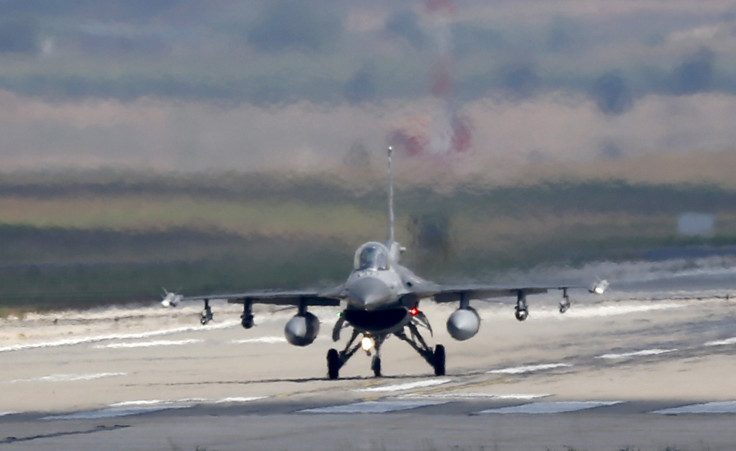Belarus Is Unhappy With Its Brand New Su-30, Wants The US F-16

Russia has started implementing its contract with Belarus on the delivery of a batch of its newest Sukhoi Su-30 Flanker multi-role fighter aircraft. This would normally be good news for a nation that is preparing to take delivery of the aircraft but it is different for Belarus. Several experts have expressed their concerns regarding the cost of the acquisition, saying the life-cycle costs for the aircraft make it unviable for the country's air force to operate.
Belarus selected the Russian-made aircraft to replace its aging MiG-29 fleet, according to a report by Defense Blog. The operating and support costs of the Russian aircraft reportedly come in way higher than for the U.S.-made F-16 fighter aircraft, still among the best in the trade across the world. But these revelations should come as no surprise as anything that is marketed out of Russia is typically double the price of similar aircraft originating anywhere else in the world.
While the sticker price of the Su-30 looks good upfront at $50 million a piece, the cost of maintaining the aircraft for 35 years will actually have the country looking at $185 million to $210 million for each plane. Belarus has a squadron of 12 of the aircraft. Mathematically speaking, the country is looking at $2.22 billion to $2.52 billion dollars for the lifecycle of 35 years to maintain the aircraft -- which by then could be useless.
A stark disadvantage of the Russian aircraft is that the engines of the Su-30 will require replacement six times during that lifecycle, and they come with a pair already installed and paid for. To compare, the F-16 airframe can operate for the entire 35 years on the engine that it was shipped with if it is maintained properly.
The report cites the experience of the Polish air force, which operates the Soviet twin-engined Mig 29 "Fulcrum" and the single-engine F-16. The MiG-29s are already showing signs of age; the planes typically require eight engine changes during the air frame's life cycle -- increasing the cost of the aircraft. Poland has leaned more toward the F-16, partly because of those experiences.
Belarus has now expressed deep interest in acquiring the F-16 to augment its forces. A source with Lockheed Martin told International Business Times that the company would be interested in a future relationship with Belarus "should they come looking."
While the F-16 is a little aged, it is one of the most successful airframes that is manufactured across the world and it has a stellar combat action record. Despite the fact that it is only a single-engine aircraft, its maneuverability and ordnance layouts keep it looking ahead of its time even though it has not had a design changed since the early 1990s.
The country recently tried to sell a modified version of the F-16 to India, one of the biggest operators of Russian hardware outside of Russia itself. India's arch rival and neighbor Pakistan operates the F-16. Lockheed Martin offered to transfer the assembly line of the fighter to India as part of the deal.
Early this year, the Pakistani F-16s and the Indian Air Force's ancient MiG-21s got into a dogfight, resulting in one MiG shot down and the Indians claiming one F-16 down. That claim could not be confirmed, but India quickly dropped any plan to buy the F-21.
A deal with Belarus, if it materializes, will help Lockheed keep that assembly line humming for much longer.
© Copyright IBTimes 2024. All rights reserved.






















